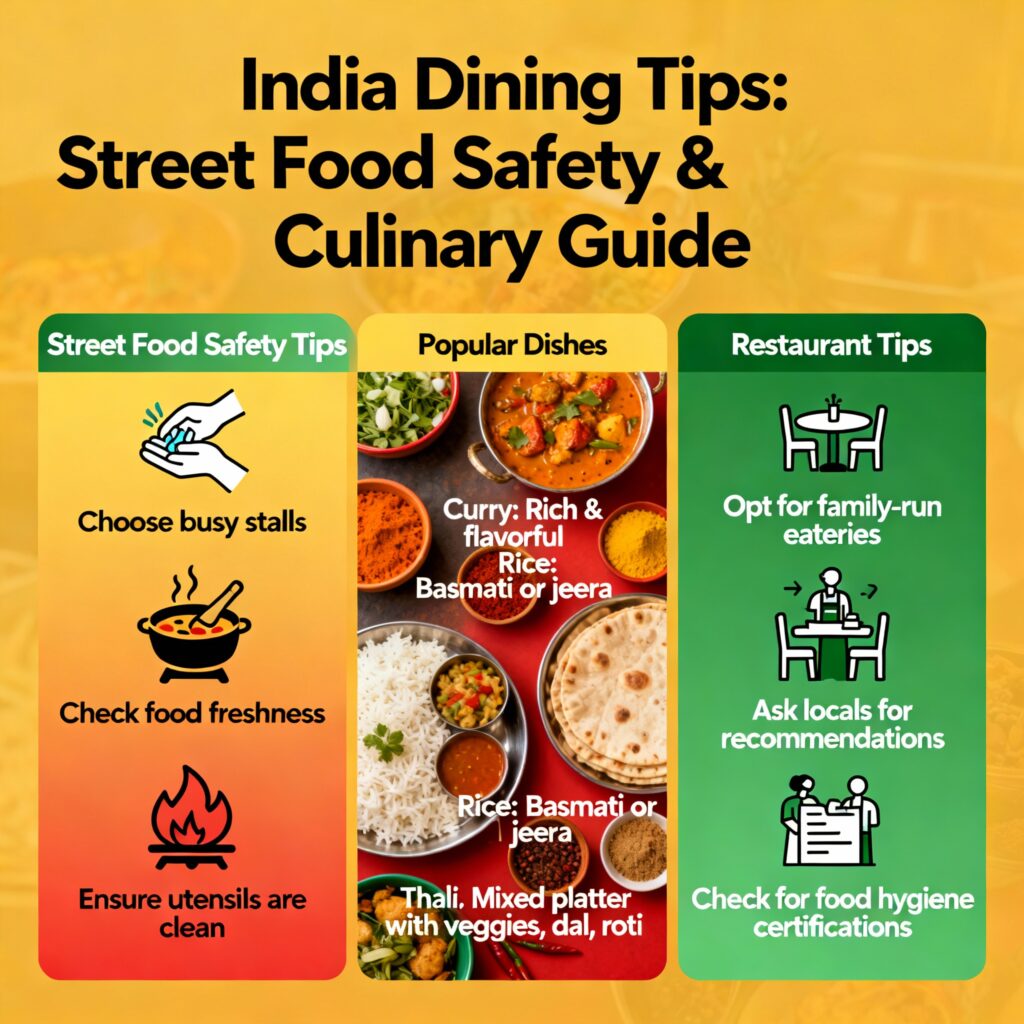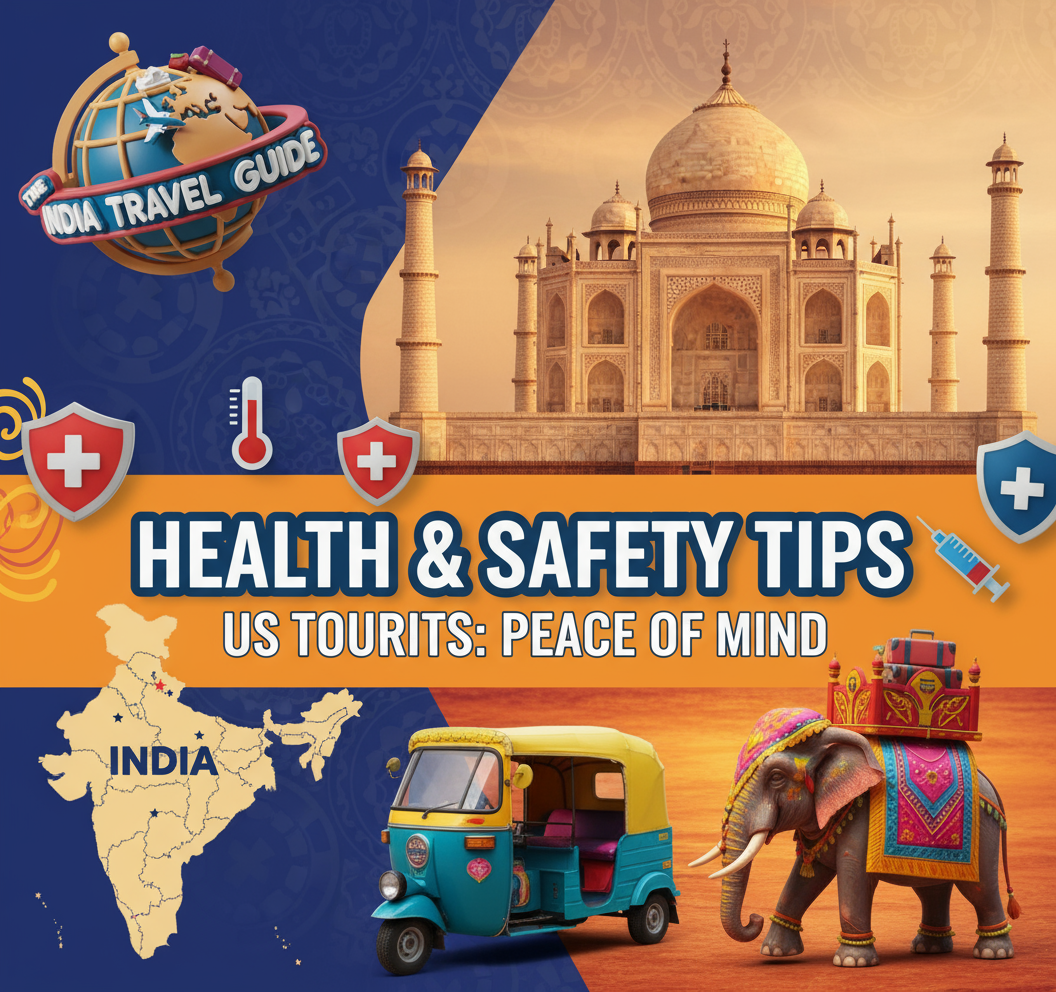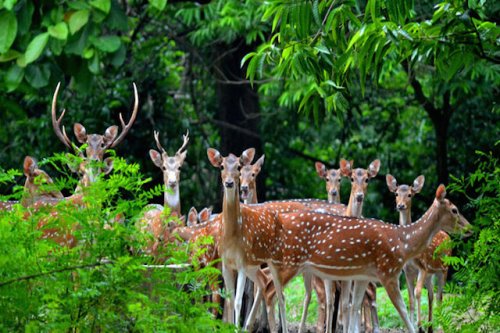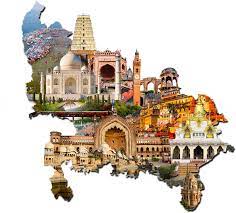Traveling to India as a U.S. tourist can be one of life’s most transformative experiences, but preparation is key to a safe and enjoyable journey. With proper planning, the right vaccinations, and smart travel strategies, you can explore this incredible subcontinent with confidence. The golden rule for successful India travel is simple: prepare thoroughly, stay alert, and embrace the adventure with an open mind.
The United States government has issued a Level 2 travel advisory for India, asking citizens to “exercise increased caution”. This isn’t meant to discourage travel—over 1.4 million foreign tourists visit India safely each year—but rather to emphasize the importance of proper preparation and awareness during your trip.
Essential Pre-Travel Health Preparations
Required and Recommended Vaccinations
Before setting foot in India, visiting a travel medicine specialist 6-8 weeks in advance is crucial. The Centers for Disease Control and Prevention (CDC) provides specific guidelines for India health tips for travelers.
Mandatory Vaccinations:
- Yellow Fever: Required only if arriving from a yellow fever endemic country. Since the U.S. isn’t endemic, most American travelers don’t need this certificate.
Highly Recommended Vaccinations:
- Hepatitis A: Nearly 100% effective for up to one year, protecting against food and waterborne illness
- Typhoid: Essential for those planning to eat street food or travel to rural areas
- COVID-19: Most airlines still require proof of vaccination or negative tests
- Hepatitis B: Recommended for longer stays or potential medical procedures
Consider Based on Itinerary:
- Japanese Encephalitis: For rural eastern India visits, especially during monsoon season
- Rabies: Pre-exposure vaccination if handling animals or visiting remote areas
- Malaria Prevention: Prophylactic medication required for many regions
Malaria Prevention Strategy
Malaria remains a significant concern in many parts of India. The CDC recommends several prevention medications:
- Atovaquone/Proguanil (Malarone): Begin 1-2 days before travel, continue daily during travel, and for 7 days after departure
- Doxycycline: For short-term prophylaxis under 6 weeks
- Mefloquine: For longer-term protection
Beyond medication, prevention includes using DEET-based repellents, sleeping under nets, and wearing long sleeves during peak mosquito hours.
Understanding Current Safety Landscape
Security Awareness and Regional Considerations
The U.S. State Department’s travel smart in India guidelines highlight specific regional concerns:
Areas Requiring Extra Caution:
- Jammu and Kashmir: Do not travel due to terrorism and civil unrest
- India-Pakistan Border: Avoid due to armed conflict risk
- Central and Eastern India: Naxalite activity in rural areas of Chhattisgarh, Jharkhand, and other states
- Manipur: Ethnic violence and targeted attacks
Generally Safe Tourist Regions:
- Rajasthan: Well-developed tourism infrastructure
- Kerala and Goa: Popular southern destinations with good safety records
- Golden Triangle (Delhi-Agra-Jaipur): Heavily touristed with established safety protocols
Common Safety Challenges
Violent crime against tourists is relatively rare, but petty crime remains a concern. U.S. tourists India safety protocols should focus on:
- Pickpocketing and Bag Snatching: Particularly common in crowded areas, markets, and transportation hubs
- Scams and Overcharging: Tourist-targeted fraud schemes, especially around major attractions
- Transportation Safety: Road accidents are a leading cause of tourist injuries
Smart Transportation Strategies
Navigating India’s Transport Networks
Train Travel:
Indian Railways offers excellent connectivity, but book reserved seats in advance. Choose 2AC (second class air-conditioned) or higher for comfort and security. Avoid overnight trains when possible due to maintenance issues with facilities.
Road Transport:
- Use official app-based services like Uber or Ola for reliable, traceable rides
- Avoid unmarked taxis and negotiate fares in advance if using local transport
- Women travelers should consider services like “Women With Wheels” for additional safety
Airport and City Transfers:
Pre-book airport transfers or use official prepaid taxi counters to avoid inflated fares. Government-authorized prepaid counters provide transparent pricing.
Food and Water Safety Protocols
India Travel Practical Tips for Dining

Street food represents one of India’s greatest cultural experiences, but requires careful selection:
Safe Food Choices:
- Hot, freshly cooked items: Samosas, pakoras, and anything deep-fried at high temperatures
- Busy stalls with high turnover: Where locals eat, especially families with children
- Cooked vegetables and grains: Thoroughly heated items like biryanis and curries
Foods to Avoid:
- Raw vegetables and salads: May be washed in contaminated water
- Dairy products from street vendors: Unless clearly pasteurized
- Ice and cold drinks: Often made with unsafe water
- Pre-cut fruits: Stick to fruits you can peel yourself
Water Safety Guidelines
Stick exclusively to bottled water, even for brushing teeth. Avoid ice unless you’re certain it’s made from purified water. Hotels rated three stars and above typically provide safe drinking water.
Cultural Sensitivity and Etiquette
Respectful Interaction Guidelines
Understanding local customs enhances safety and cultural connection:
Greeting Etiquette:
- Use “Namaste” with palms together for respectful greetings
- Avoid physical contact, especially between opposite genders
- Show extra respect to elders through traditional greetings
Dress Appropriately:
- Cover shoulders and knees in religious sites and conservative areas
- Choose lightweight, modest clothing in breathable fabrics
- Carry a scarf for entering temples and mosques
Religious Site Protocols:
- Remove shoes before entering temples, homes, and religious spaces
- Ask permission before photographing people or religious ceremonies
- Respect photography restrictions in sensitive areas
Technology and Communication Essentials
Staying Connected Safely
Local SIM Cards:
Purchasing an Indian SIM card upon arrival is essential, as everything operates through WhatsApp and OTP verification. Airport counters provide legitimate cards with proper documentation.
Digital Payment Challenges:
Foreign credit cards often don’t work at many Indian establishments due to compliance requirements. Plan to use cash for most transactions and locate reliable ATMs.
ATM Safety:
- Use bank-integrated ATMs rather than standalone machines
- Shield your PIN and inspect card readers for skimming devices
- Notify your bank of travel dates to prevent card blocking
Money and Financial Security
Currency Exchange Best Practices
Authorized Dealers Only:
Exchange money exclusively through RBI-authorized banks or licensed money changers. Always insist on official receipts for legal compliance.
Cash Management:
- Carry cash in a money belt worn under clothing
- Distribute money across multiple locations and travel companions
- Declare amounts over $5,000 USD to customs authorities
Avoiding Financial Scams:
Research fair prices before negotiating with vendors. Be wary of “closed attraction” scams near tourist sites. Never exchange money without proper documentation.
Emergency Preparedness and Support Networks
Essential Emergency Contacts
National Emergency Numbers:
- General Emergency: 112
- Tourist Helpline: 1363 (24/7, multilingual support)
- Police: 100
- Medical Emergency: 108 or 102
- Fire: 101
U.S. Embassy and Consulates:
- New Delhi Embassy: +91-11-2419-8000
- Mumbai Consulate: +91-22-2672-4000
- Chennai Consulate: +91-44-2857-4000
- Kolkata Consulate: +91-33-3984-2400
- Hyderabad Consulate: Available for emergency assistance
Travel Insurance Requirements
While not mandatory, travel insurance is highly recommended for U.S. travelers to India. Medical treatment costs can be substantial, and evacuation coverage provides peace of mind.
Coverage Should Include:
- Medical emergencies and hospitalization
- Emergency evacuation and repatriation
- Trip cancellation and interruption
- Lost baggage and document replacement
Seasonal Travel Considerations
Optimal Travel Windows
The best time to visit India for U.S. tourists is October through March, when temperatures are moderate and rainfall minimal.
Peak Season (November-February):
- Comfortable temperatures across most regions
- Clear skies and minimal rainfall
- Higher accommodation costs but better availability of services
Shoulder Seasons:
- October and March: Good weather with fewer crowds
- April-May: Very hot but potential for budget travel
Monsoon Season (June-September):
- Heavy rainfall and potential flooding
- Many national parks closed
- Budget accommodation rates but transportation delays
Regional Weather Variations
Northern India: Cold winters (December-January) with potential fog. Summer months extremely hot.
Southern India: More consistent temperatures, best visited November onwards.
Ladakh Region: Accessible June-September when rest of country experiences monsoons.
Power and Electronics Preparation
Electrical Compatibility
India uses Type C, D, and M power outlets with 230V at 50Hz. U.S. travelers need universal adapters for these socket types.
Voltage Compatibility:
Most modern electronics (phones, cameras, laptops) support 100-240V and only need plug adapters. Check device labels before travel.
Recommended Adapter Types:
- Universal travel adapters covering multiple plug types
- Specific Type D adapters for most common Indian outlets
Building Cultural Bridges Through Responsible Tourism
Supporting Local Communities
Engage with community-based tourism initiatives that empower local populations. Organizations like Together We Earn in Kerala and women-led tour companies in Rajasthan provide authentic experiences while supporting economic development.
Responsible Interaction:
- Learn basic phrases in Hindi or local languages
- Support local artisans and legitimate businesses
- Respect local customs and traditions
- Avoid exploitative photography or cultural appropriation
Health Monitoring and Medical Care
Ongoing Health Management
Traveler’s Diarrhea Prevention:
Despite precautions, digestive issues affect many visitors. Pack appropriate medications and know symptoms requiring medical attention.
Heat-Related Illness Prevention:
Stay hydrated, especially during hot months. Drink more fluids than usual and avoid prolonged sun exposure.
Air Quality Considerations:
Major cities experience significant pollution. Consider bringing masks and limiting outdoor activities during high pollution days.
Frequently Asked Questions
Is it safe for Americans to travel to India alone?
Yes, with proper precautions. The U.S. State Department advises against solo travel for women, but millions of Americans visit India safely each year. Stay in well-reviewed accommodations, use reliable transport, and maintain regular contact with family.
What vaccinations are absolutely required for India travel?
Yellow fever vaccination is required only if arriving from endemic countries. However, Hepatitis A and Typhoid are highly recommended for all travelers.
How much cash should I bring to India?
Declare amounts over $5,000 USD to customs. Plan to exchange money in-country through authorized dealers. Most transactions require cash, so budget accordingly.
Can I use my U.S. credit cards in India?
International cards work inconsistently at Indian merchants due to compliance requirements. ATM withdrawals typically work, but inform your bank of travel plans.
What should I do if I get sick in India?
Contact emergency medical services (108 or 102) for serious issues. For minor illnesses, seek treatment at reputable hospitals or clinics. Having travel insurance significantly simplifies medical care access.
Is Indian street food safe for Americans?
Yes, when chosen carefully. Eat at busy stalls with high turnover, choose hot/fried items, and avoid raw vegetables or dairy products.
How do I avoid common tourist scams in India?
Research fair prices in advance, use official tourism offices, avoid unsolicited help at transport hubs, and never exchange money without receipts. Trust your instincts and don’t be pressured into immediate decisions.
What’s the best way to get around India safely?
Use official app-based transport (Uber/Ola), book train tickets in advance for reserved seats, and consider pre-arranged transportation for airport transfers. Avoid unmarked vehicles and always agree on fares beforehand.
Do I need special power adapters for India?
Yes, India uses Type C, D, and M outlets with 230V power. Bring universal adapters, though most modern electronics automatically handle voltage differences.
When is the best time for Americans to visit India?
October through March offers the most comfortable weather for most regions. February, March, and November are particularly ideal months for tourism.



